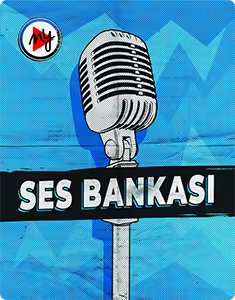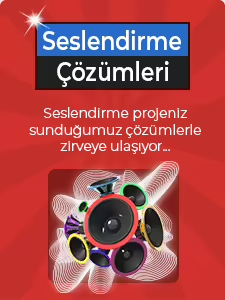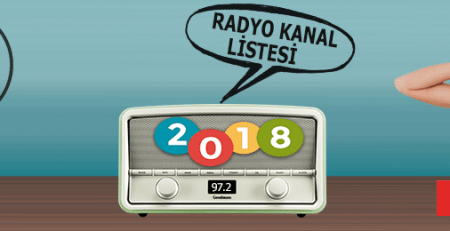Dubbing & Translation Subtitling Agencies
Think about all the multimedia assets your company has created over the last few years. e-learning courses, Product videos, Marketing videos op Most yops were created with a labor or even blood, sweat and tears. And most of them are highly effective in communicating with your current audience. Of course, most of them are also poorly equipped for resonance with audiences in the new language markets. You can't rewrite, rewrite, reboot and re-edit it - it's probably not a Star Wars movie with a Disney wallet.
But you understand the power of video and the need for effective translation. Example: An overwhelming majority of employees - 75% - report a greater likelihood of watching video-based training sessions than reading, documents, e-mails, or web articles. (Can you blame them? HR can reveal some mind-numbing communication parts).
What about the new expectations? 73% of consumers who are online enabled say that after watching videos that describe a product or service, it is more likely to make a purchase (which explains the popularity of YouTube influencers and compatibility with international brands). For this reason, the multimedia localization riddle: how can you localize the multimedia communication parts you want to localize from the beginning?
How can a company find a cost-effective way to transition these assets to deploy new assets, train and inform customers or new partners, and maintain a consistent brand image in multiple languages?
The answer is to choose one of the three most common localization techniques for multimedia, subtitles and subtitles. This is the right one for your business. Each technique has its own pros and cons. And this is the purpose of this article: to help each technique find the perfect one (or someone) according to your unique localization need. But first, let's explain each technique quickly.
Closed Subtitle
What happens when you press the wrong button on the TV's remote control and it is displayed in the white / black box? This is closed caption. To remove them, just press the mysterious button on the remote control. In videos, they work the same way. Viewers have the option to use or use them. Just click a button and the puff they go to.
Subtitle
You've seen at least one French movie, right? Maybe Narcos on Netflix? These are subtitles. They are published in a video, so viewers don't have the option to turn them off. Like closed captions, subtitles also receive valuable screen ownership, so you can have a pickle to try to keep your subtitles short and sweet. For example, translating subtitles from English to Spanish and French may require 15 to 30% more fonts on the screen.
Voiceover Voice Over
Voice translation replaces only the original speaker sound with the target language. However, although we simply call it eks simply art, there are three options for us to choose from (all with pros and cons).
Option 1: Closed Camera Expression
This is Morgan Freeman in every television commercial, every documentary and every animal movie. Some call it the voice of God. This is the favorite among educational videos with important content.
Option 2: BM Style
Aptly reflects the UN-style voiceover translation used frequently at United Nations conferences, the UN style offers a translated soundtrack followed by a few hits on the screen.
Option 3: Voice Over
Experience the video as it should be. It requires synchronized voice over, perfect timing, skilled voice actors and even more skilled video editing.
Now that you know the basics and fundamentals of the three most common techniques for multimedia localization, let's jump on the three most important factors, taking into account each of them:
a-) Budget
b-) Return time
c-) Production value
Best solution for limited budgets
Select your subtitle or subtitle if your budget is tight. The vocalization is only very time intensive and requires a serious investment in studio time (for recording and editing). If you're choosing between subtitles and subtitles, start with the following question: Do you want viewers to have the option to turn translation on and off? If yes, closed subtitle is your preference. However, if you have a training video that should only report specific speech points, select the subtitles.
Also consider the quality of your source content. If your company has spent hundreds of thousands of people in a product video, is it wise to make money with a whole new audience in translations? If you are sweating, think outside the camera or select UN-style voice guidance.
Do you have an upcoming project?
Select Subtitle. There is no necessary audio capability, audio expert or studio hash time. Also, your translation service doesn't even have to be in the same building to create a video. If your content is simple, static, such as a product or marketing video, go safely to open text subtitles or subtitles.
Note that there are many different languages depending on specific regions, such as Latin America, Canada and Brazil. These unique audiences often require multiple translations that may require videos to be started progressively. Also, be aware of the property on your screen, as mentioned earlier. Most subtitles are limited to 32 characters per line and there are two lines at any time on the screen; therefore, if you need a significant amount of text on the screen, consider the voice prompt.
Do you need high production value? We would recommend it.
Finally, you are the protector of your company's brand - both externally and internally. For companies that they deserve and deserve to be respected, every video and training module plays a vital role in your growth. Select voice.
Dubbing is much more time and cost than camera and UN style techniques, but can be quite successful for branding.
A team of localization experts are ready to help
If only localizing your videos was as easy as selecting A, B or C. You're likely to have a tight deadline with a boss or board that demands quality on a limited budget. No worries, My Production has a team of video localization specialists who can help.
Today and tomorrow, we can guide you through the best options for your company and show you how you can pass deadlines, impress your boss, protect your brand's image, and ini wow ini your audience without inflating your budget.













